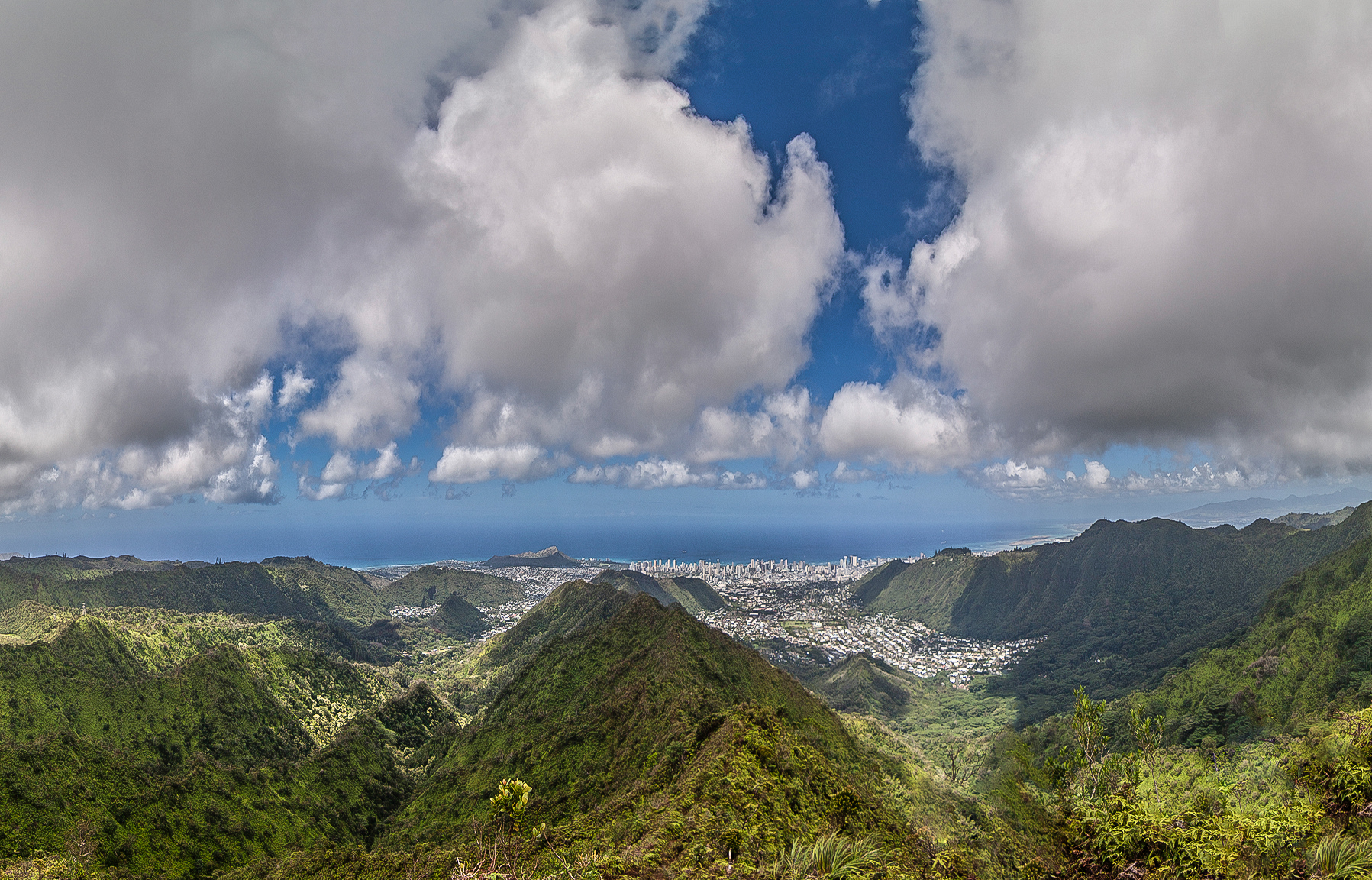A large part of the SMART Ala Wai project is dedicated to working with communities through it’s students. Depending on the type of class and interests of the teacher, different classroom curricula were designed to supplement what students are learning. The following has been designed for classes studying physical science, with application for biology / chemistry: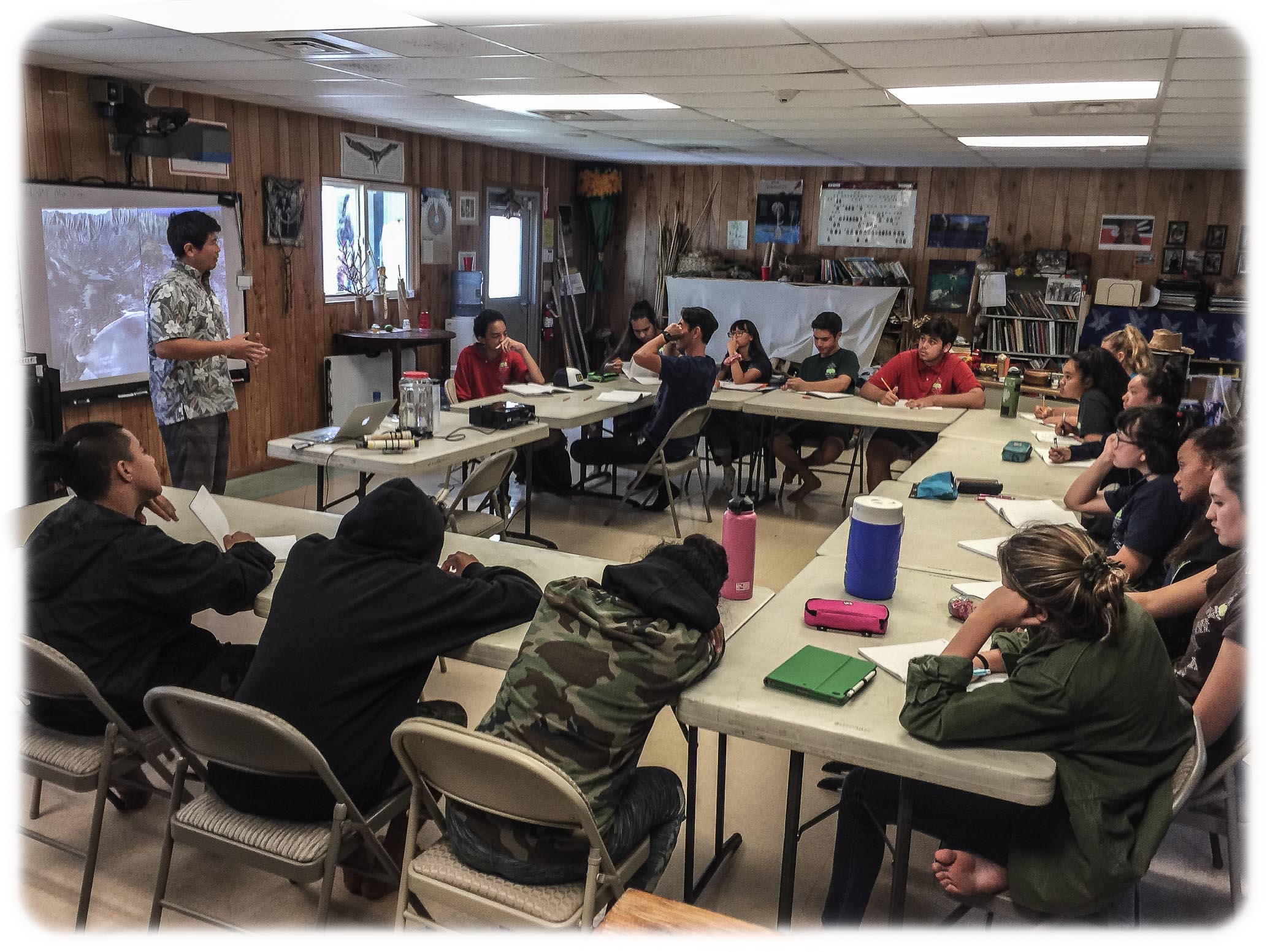
Here, Cory Yap from SMART Ala Wai project works with 10th grade students at Halau Ku Mana. Two subsequent lessons were developed for this classroom; where students get an introduction to watershed health, water quality, and the importance of measuring and monitoring using sensors; then collect data using both deployed sensors and visual habitat assessment protocols for their study site(s).
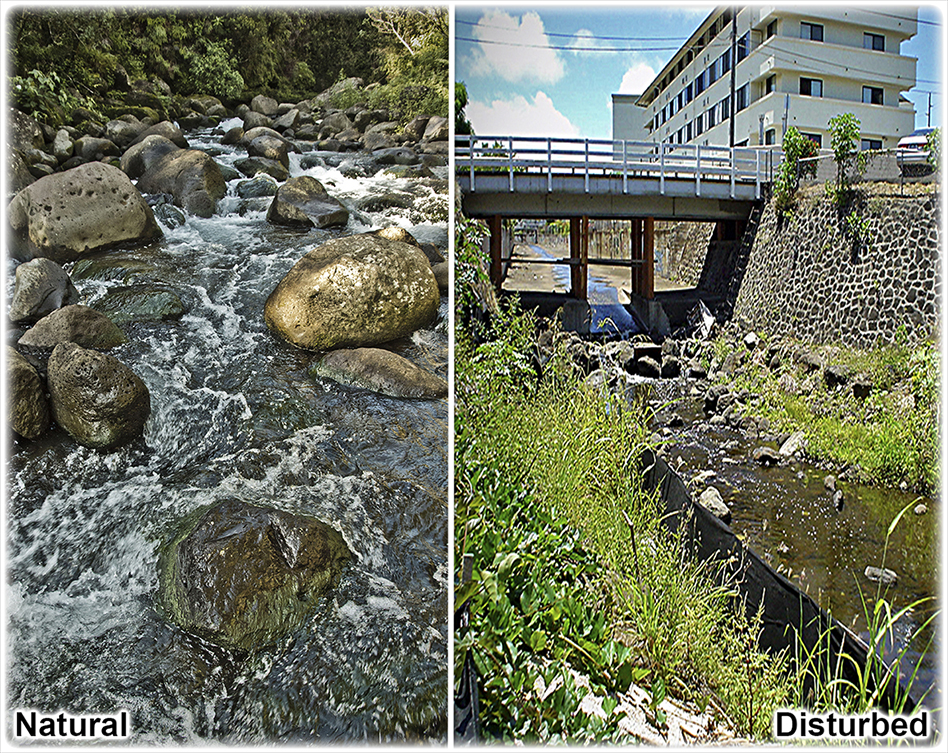
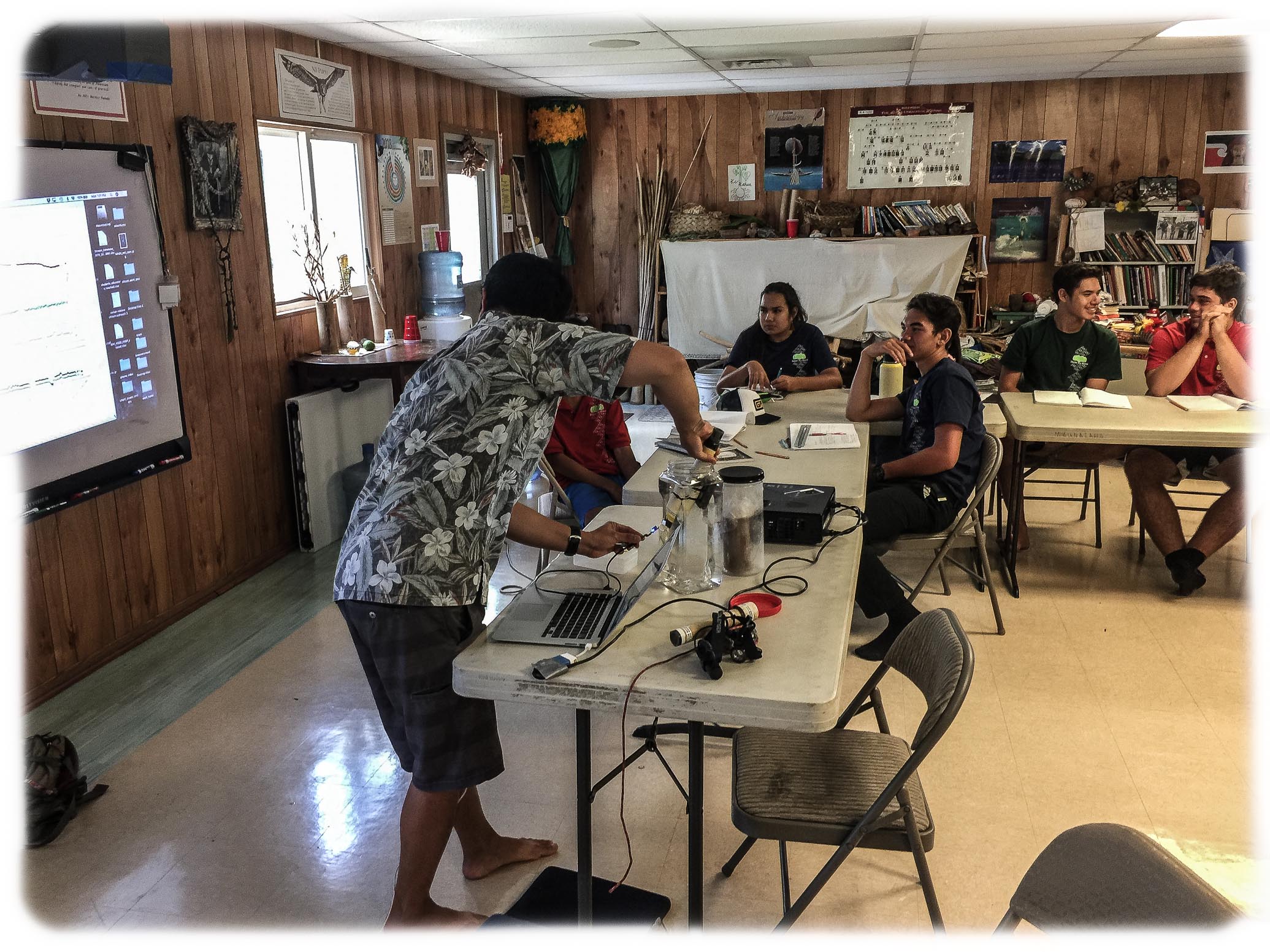
Through a real-time demonstration of how the Kiwi Loggers change temperature, pressure, and light in varying media. Sampling at 1 second intervals, students first saw how the sensor sampled in air, and were subsequently asked how temperature and pressure would respond when the sensor was submerged in stream water.
Finally, students were asked what would happen to the light measurements if run-off water introduced into the stream (simulated with milk + coffee). At the end of class, sensors were deployed in multiple locations (channelized versus natural), to analyze and compare data upon retrieval.
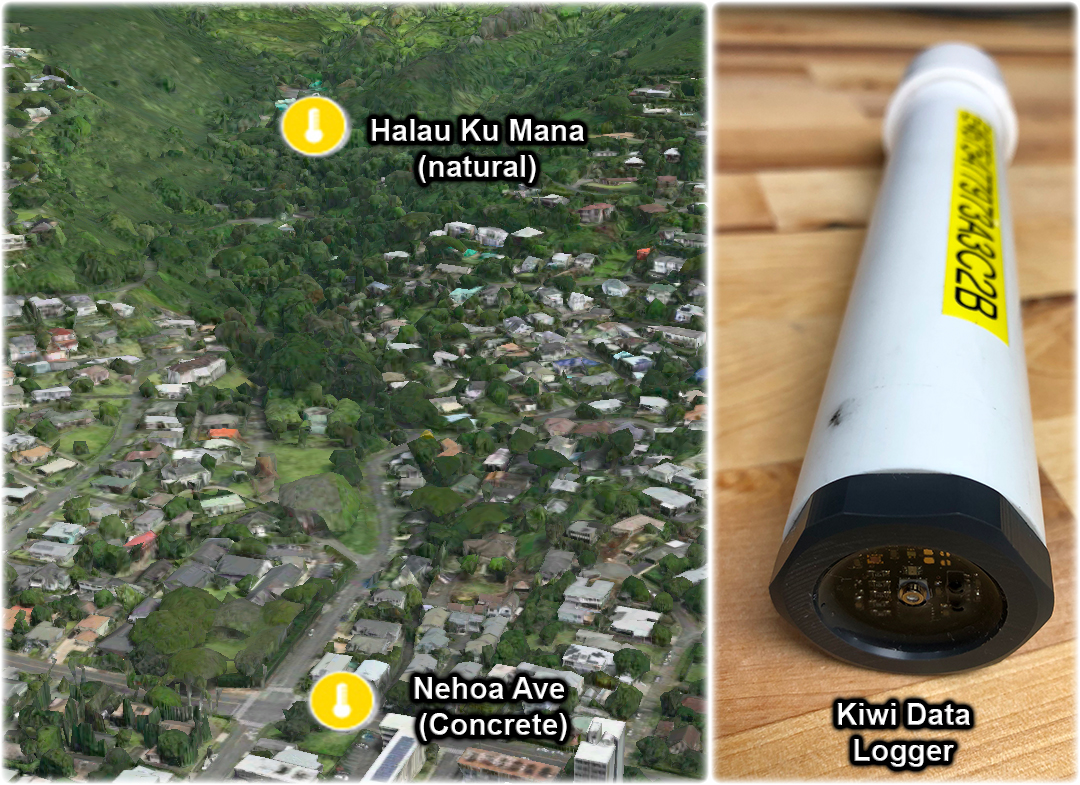
In the second lesson, sensors were retrieved and data was displayed for class to analyze. Based on discussion on stream modifications and the effect of urbanization in watersheds in the first lesson, students were able to speculate which data came from which site prior to being labeled.
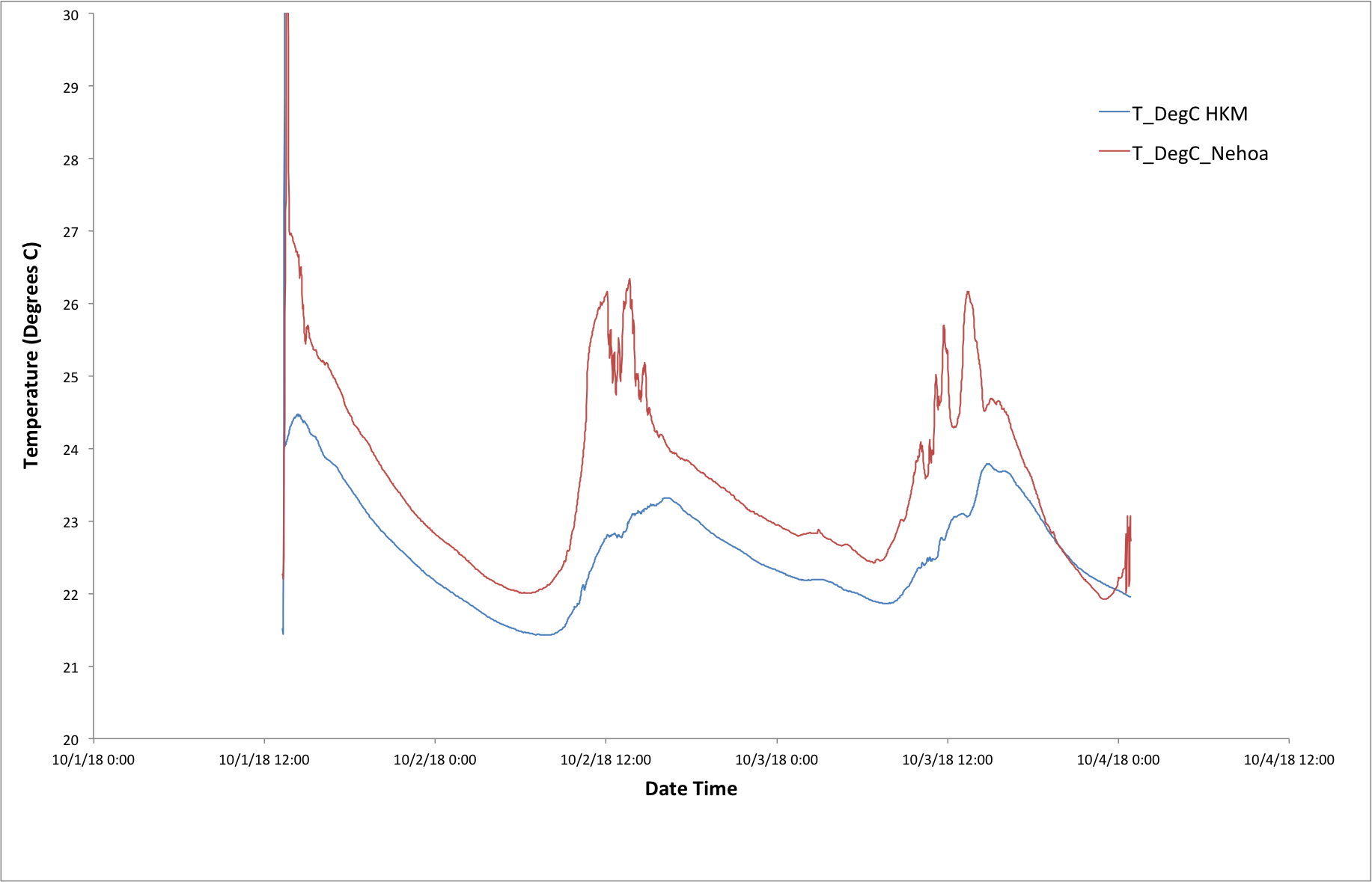

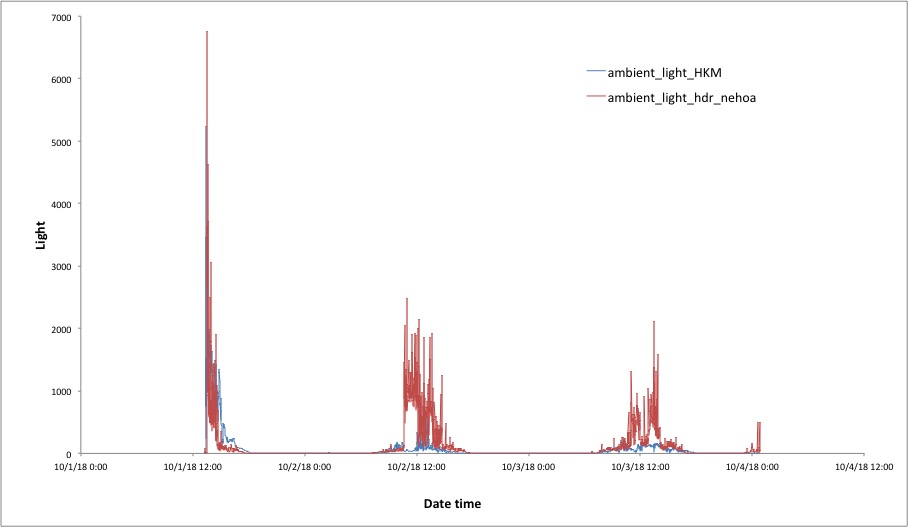
The data logger placed on the channelized portion of Makiki Stream was considerably warmer, shallower, and brighter when compared to section of the stream that was natural adjacent their school.

In the second half of class, a visual habitat assessment was conducted by 18 students to supplement the sensor data. After a short instructions about scoring each of the 10 metrics, they were able to calculate the average score for their site (81%).
Following this activity, undergraduates in the SMART Ala Wai project will be trained to instruct these lessons to other participating schools. Data from this activity will be used in relation with Na Wai Ekolu biodiversity data collected at these locations.
